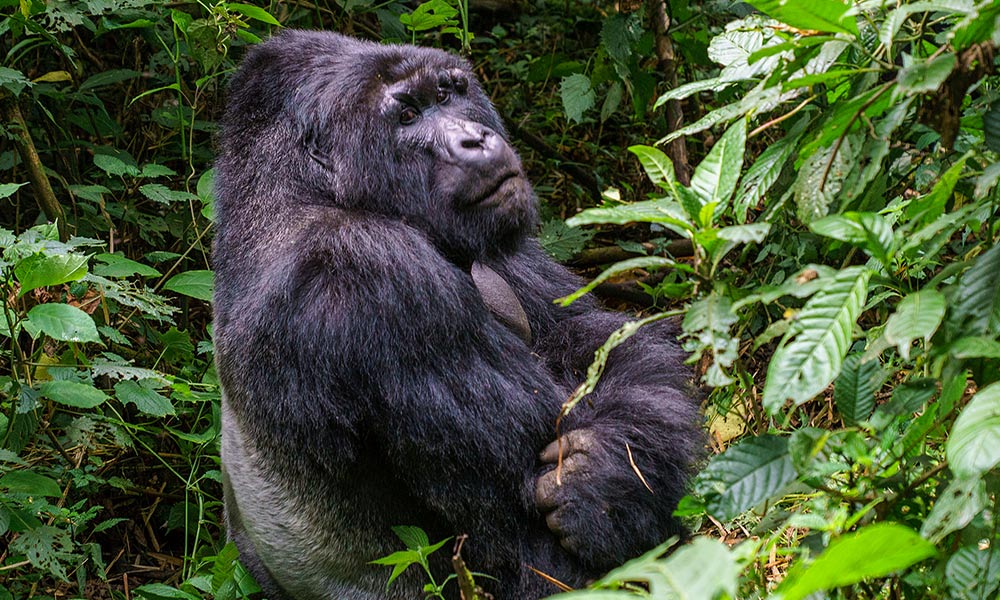Millions of tourists visit the bush every year and leave without so much as a mosquito bite. A trip to the bush in the most part is entirely safe, and in the hands of the experienced guides who work at all the lodges, you can relax with the peace of mind that highly trained professionals are looking after your every need, including the most important subject on any guide’s list of priorities – the health and safety of their guests.
However, it is always a good idea to acquaint yourself with the possible health and safety issues of a given area, particularly if you are visiting a place with wild animals, and more importantly if you are venturing into the wild place on foot or alone on a self-drive.
There are a number of diseases and viruses present in the bush that you may be subjected to. It is highly unlikely that you would contract a serious illness if you have taken the right precautions. The following is a brief guide on the primary illnesses and how to avoid them.
Malaria
Malaria is one of Africa’s most prolific killers. It has largely been eradicated and controlled in much of South Africa, but is still present throughout Sub-Saharan Africa.
The malarial parasite is carried by mosquitoes, and there are over 200 different species of mosquitoes in Sub-Saharan Africa, but only mosquitoes of the Anopheles genus carry the malaria virus. Only the female mosquitoes bite, as they require blood for the production of their eggs, otherwise they feed on sugar sources such as nectar, which is what male mosquitoes feed on. The most severe forms of malaria are present in the Plasmodium falciparum parasite, and Plasmodium vivax. Symptoms include flu-like reactions such as shivering, vomiting, headaches and joint-ache.
There are many forms of anti-malarial drugs on the market, and the following is a brief overview of the most common ones.
Chloroquine
This used to be, and still is, a very popular anti-malarial drug, but the virus has developed resistance to this drug, so it is no longer a recommended option. If your doctor offers you this drug, it is advisable to ask for something else.
Mefloquine
This is found in the anti-malarial drug called Lariam, manufactured by Roche Pharmaceuticals. It can have some unpleasant side effects, including depression and anxiety. It has become less effective recently with new strains of the virus becoming resistant to it, but Mefloquine is still used in the treatment of malaria (as opposed to prevention).
Doxycycline
There are a number of brands using Doxycycline in their anti-malarial drugs. There are minimal side effects, but users have experienced some photo sensitivity of their skin, which is obviously a problem when taking the drug in a country such as Africa! The drug is taken two days before the safari, during the safari, and for four weeks afterwards.
Atovaquone / Proguanil
These are the two components in the anti-malarial drug called Malarone. This is manufactured by GlaxoSmithKline and is widely available. It has no side effects and is taken two days before the safari, during the safari, and for one week afterwards. Although it is more expensive than the other brands, it is becomming very popular due to the lack of side effects and the short period in which you need to take it.
Please note, Doxycycline and Malarone are not suitable for pregnant women. Please consult your doctor for advice on the correct drug to take.
Bilharzia
Also known as Schistosomiasis, bilharzia is a parasitic worm that lives in fresh water, starting its lifecycle inside freshwater snails. The worm is later able to penetrate the skin of people wading through fresh water or washing in it.
Once inside the blood stream, the parasite can infect the internal organs such as the bladder, liver and lungs, causing swelling, aches and fever, damaging the internal organs in the process. Early symptoms include a rash or skin irritation, abdominal pain, diarrhea and fatigue.
Praziquantel is the drug administered to sufferers of bilharzia. The drug is taken orally for one or two days and quickly kills the parasites. Whilst unpleasant, bilharzia is unlikely to be fatal.
Tick Bite Fever
Also known as Rickettsia conorii and Rickettsia africae, tick bite fever or ‘bush tick fever’ is caused by a bacterial infection passed via a tick bite. Common symptoms include headaches, fever and rash. The symptoms only occur about a week after infection has taken place.
African tick fever is very mild compared to more serious infections, and treatment is not always needed other than rest. For most healthy individuals, the body will recover on its own within a week or so. Antibiotics should be taken to speed up the recovery process, especially for the young or elderly.
The best way to avoid ticks is to avoid walking through thick bush and high grass, but if you are embarking on a wilderness trail, this probably won’t be possible. There are sprays available that contain permethrin which repel ticks and prevents them from biting or attaching themselves to you. Ticks can be removed en mass by having a hot bath using lots of bath oil. If you can’t wait for a bath, you can remove them with tweezers. After removal the bite should be cleaned with antiseptic.








